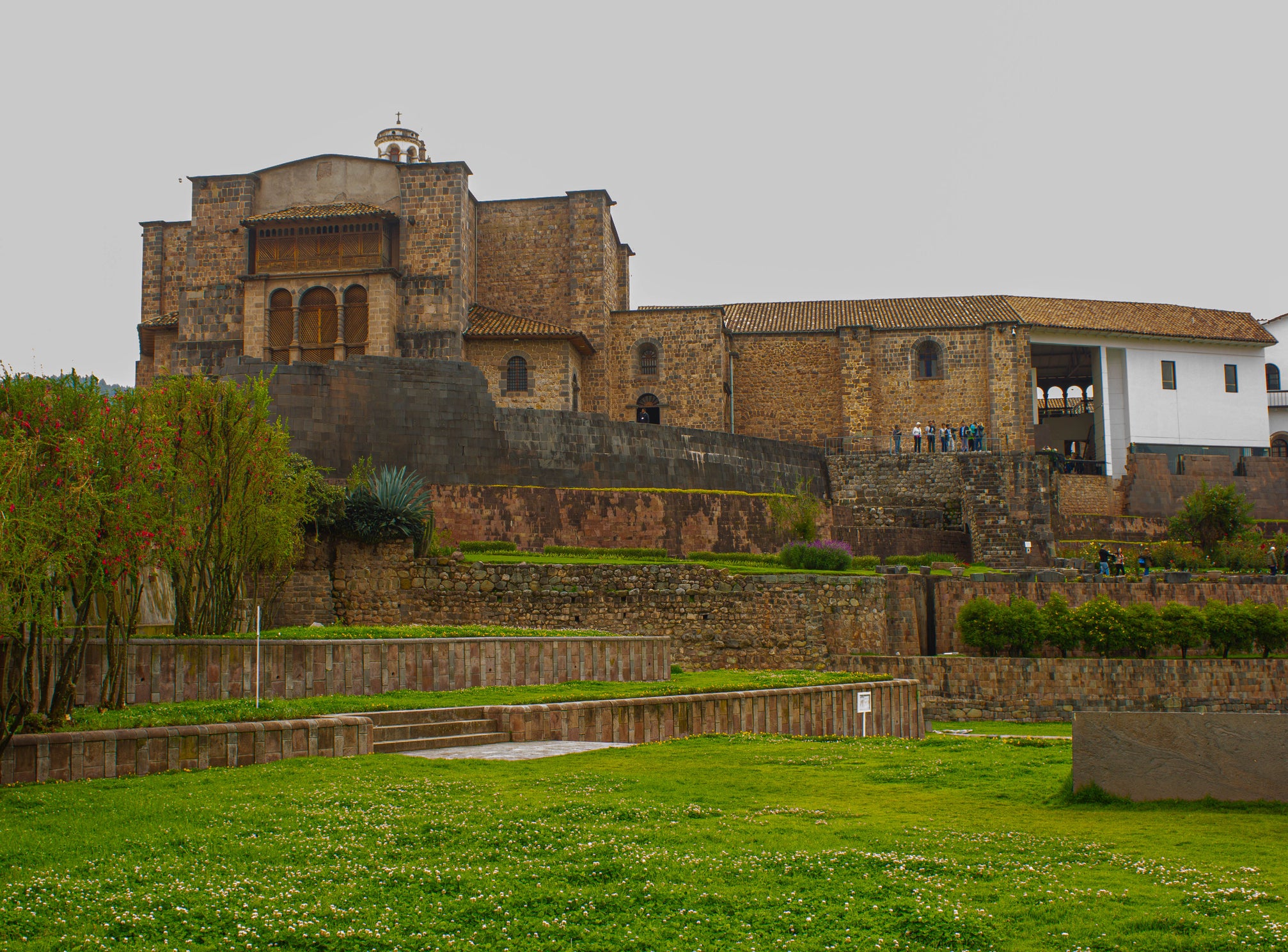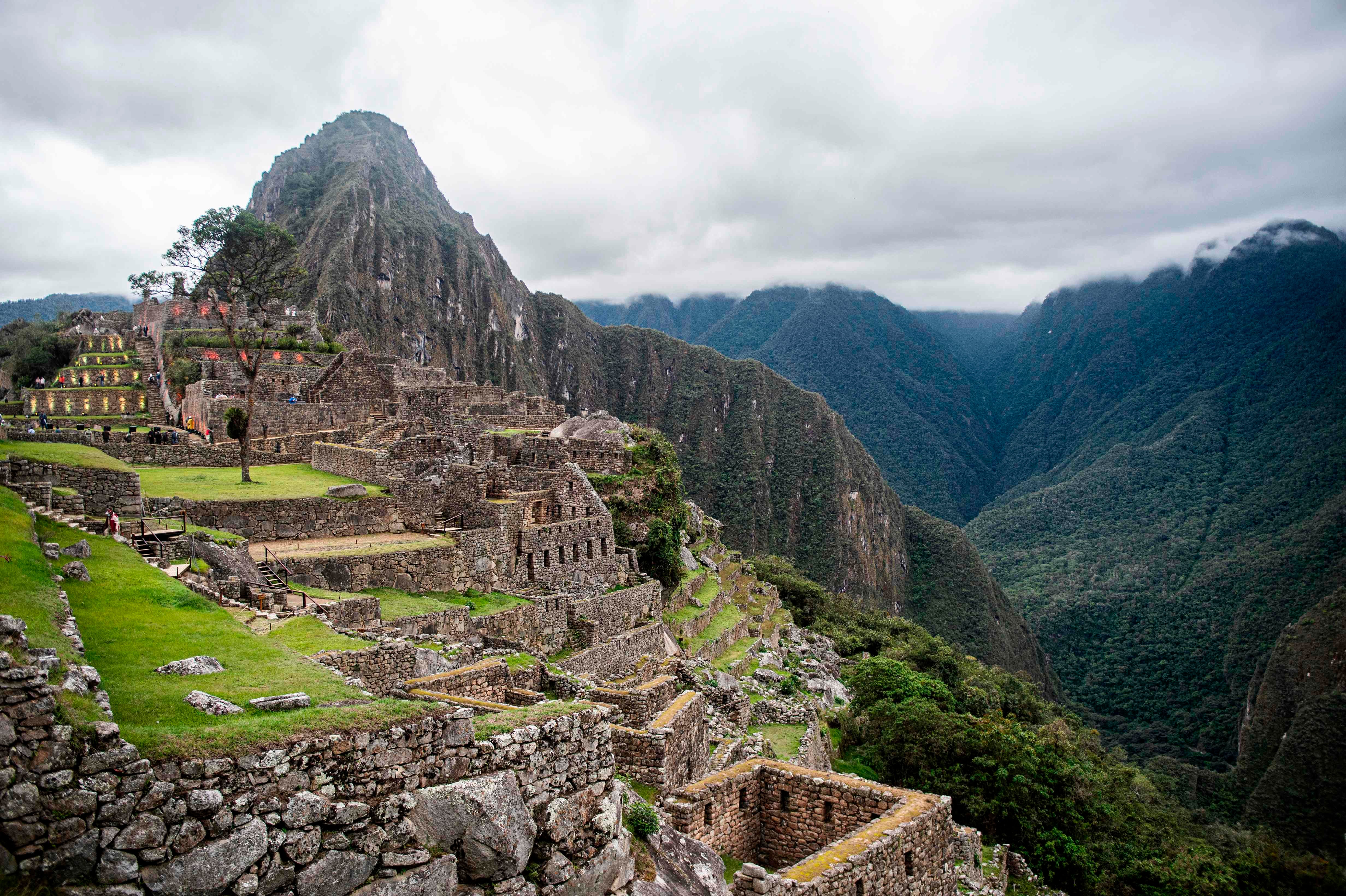Hidden underground tunnel system built by Incas found beneath Cusco
Tunnels mentioned historical accounts in in the sixteenth century
After centuries of speculation, archaeologists in Peru have confirmed the existence of an underground tunnel network, thought to have been built by the Incas.
The groundbreaking discovery was found over a mile of the network of streets, underneath the historic city of Cusco near Machu Picchu.
According to the Association of Archaeologists of Peru, the “chincana” - meaning labyrinth in Quechua- connect the city’s Temple of the Sun to the ancient Sacsayhuaman fortress.

Archaeologists Jorge Calero and Mildred Fernandez told a press conference that three further branches of the tunnels were detected, with each leading to different areas across the city. At its deepest point, the Chincana tunnel is said to be around 8.2 feet in depth.
The search for the tunnels began after historical accounts written in the sixteenth to eighteenth centuries mentioned them
One account written by a Spanish priest in 1594 stated that a main tunnel began at the temple and travelled under the bishop’s house behind Cusco Cathedral, and ended at the citadel of Sacsahuaman.
Researchers used sound testing and a radar to identify the tunnels’ location and reveal that the walls, likely constructed with stone and roofed with carved beams, 1.4 to 2.5 metres beneath the streets.
Mr Palomino said: “Now we have to excavate at key points to be able to enter the Chincana—perhaps in March or April.”
Cusco is a UNESCO World Heritage Site and was the historic capital of the Inca Empire. Millions of tourists visit each year, with many basing themselves in the city before beginning their journey to one of the seven wonders of the world - Machu Picchu.

Under Inca rule, Cusco was developed into a complex urban centre with distinct religious and administrative functions.
It is renowned for its architectural and cultural heritage and was surrounded by clearly delineated areas for agricultural, artisan and industrial production.
When the Spanish conquered the city in the 16th century, the urban structure of the Inca imperial city of Cuzco was preserved and temples, monasteries and manor houses were built over the Inca city.
The latest discovery of the tunnels highlights the advanced nature of Inca civilisation as the tunnels likely served as a communication system across the city.
Join our commenting forum
Join thought-provoking conversations, follow other Independent readers and see their replies
Comments
Bookmark popover
Removed from bookmarks